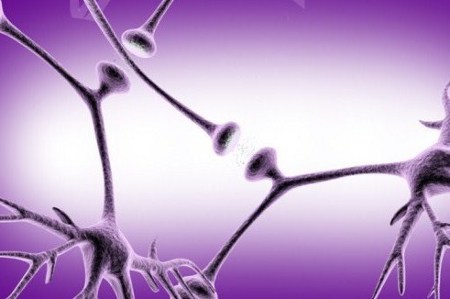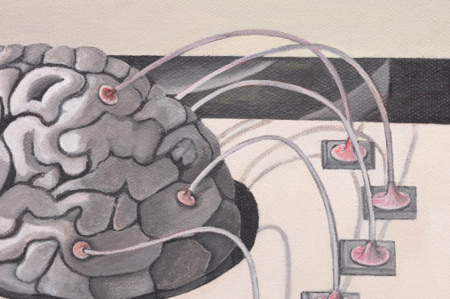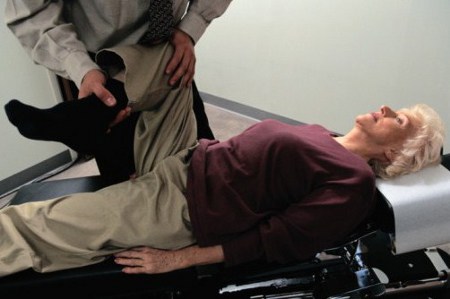Surgery
Surgical intervention may be necessary to treat certain conditions that cause chronic pain. Examples include cases of traumatic nerve damage, degenerative spondylolisthesis associated with spinal stenosis which results from arthritic changes in the joints, and knee replacement surgery for debilitating cases of osteoarthritis or rheumatoid arthritis.
Post-operative pain is managed with oral narcotic and non-narcotic analgesic medications, intravenous patient-controllehttp://www.empowher.com/node/add/hwslideshowd analgesia, patient-controlled epidural analgesia, and nerve blocks. Intravenous patient-controlled analgesia allows the patient to safely administer small amounts of pain relieving medication as need. The medication is delivered through an intravenous line and controlled by a computerized pump. Patient-controlled epidural analgesia uses a computerized pump to deliver pain relieving medication through an epidural catheter that is placed in the patient’s back. A nerve block is an option to relieve pain following surgery that involves a small part of the body such as an arm or leg.
Photo: Getty Images

















Add a CommentComments
There are no comments yet. Be the first one and get the conversation started!